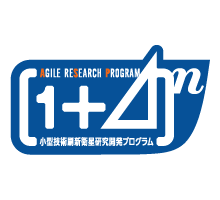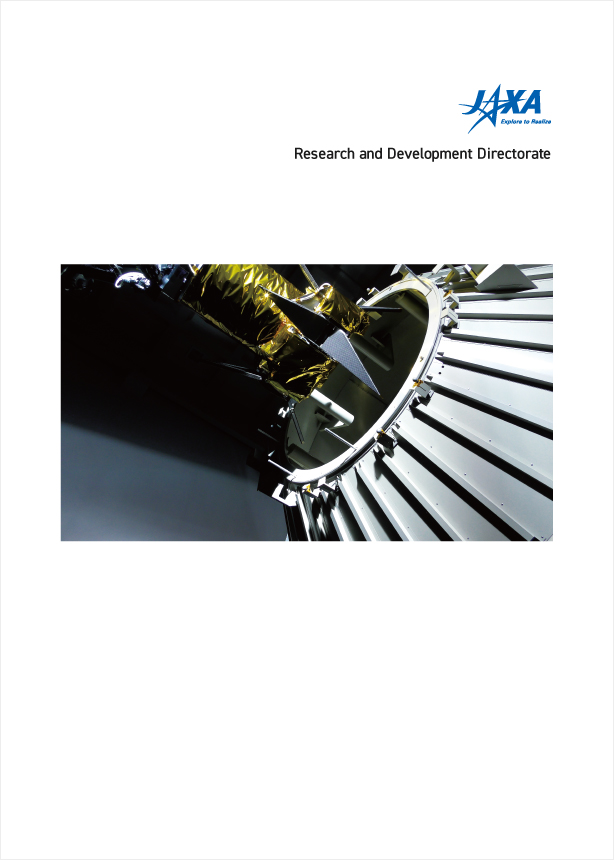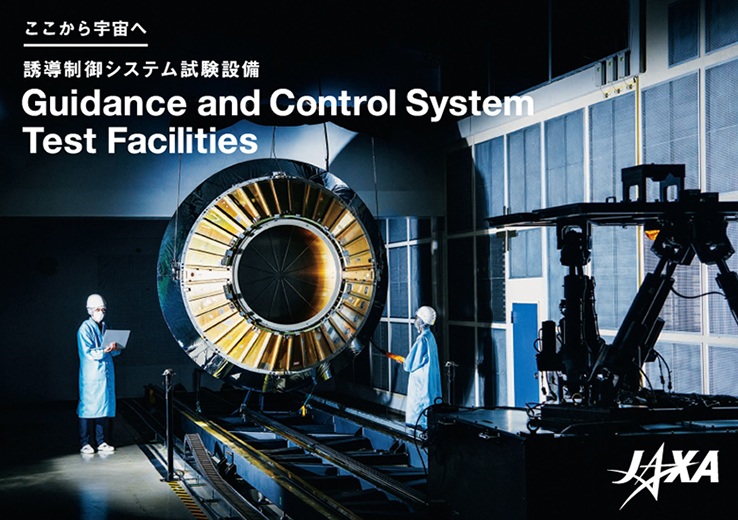Overview of research
The amount of space debris in orbit is increasing year by year, and such objects could seriously endanger future space activities. The Research and Development Directorate of JAXA is developing technologies for the active removal of large debris from space, such as dead satellites and the upper, spent stages of rockets. In order to develop such technologies, understanding the motion of large objects in advance is important. Thus, we are developing direct imaging technology for large objects in space by using the 60-cm telescope of JAXA’s optical observation facility at Mt. Nyukasa (Fig. 1).
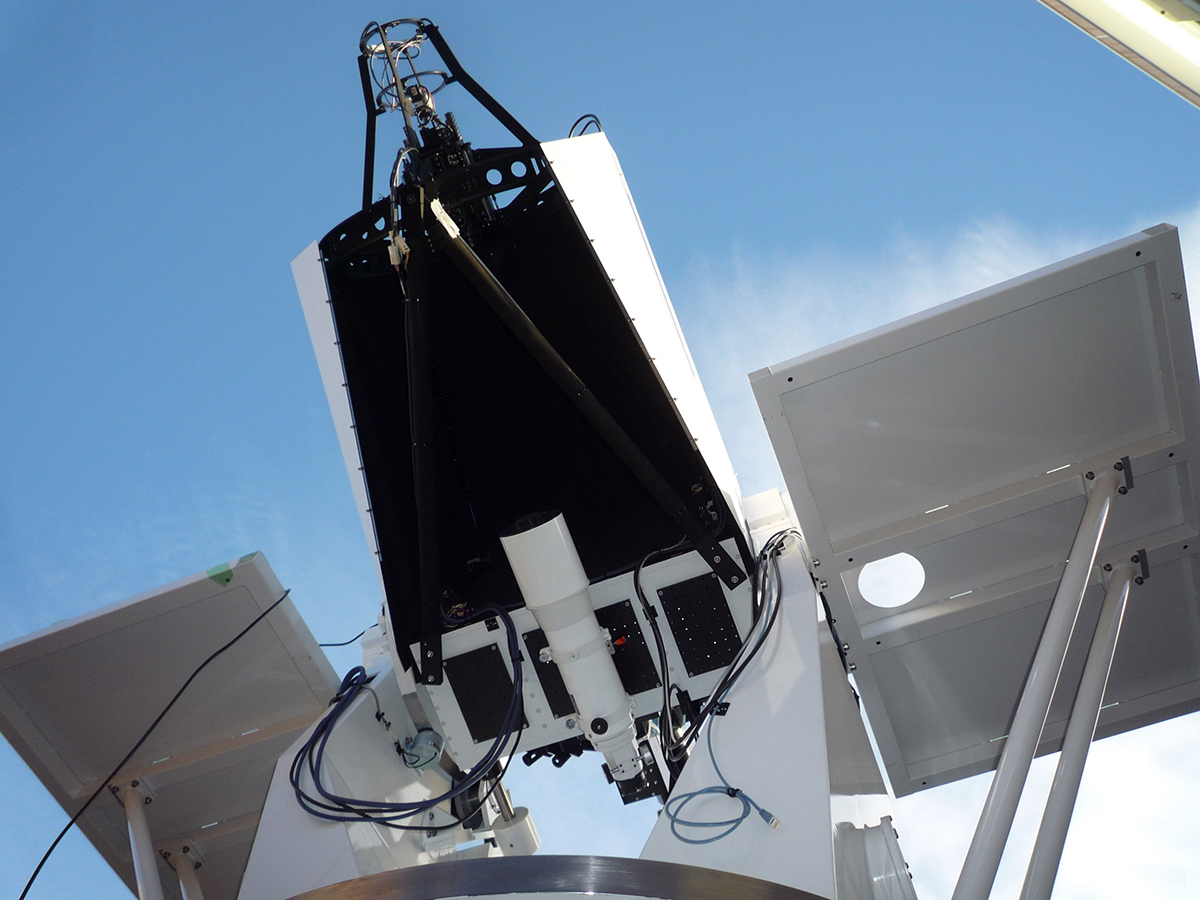
Our main objective is to take precise images of fast-moving targets and to determine their shape and motion. Our technology to determine the motion of targets from changes in their brightness uses a scale model of the target and lighting to simulate sunlight (Fig. 2).
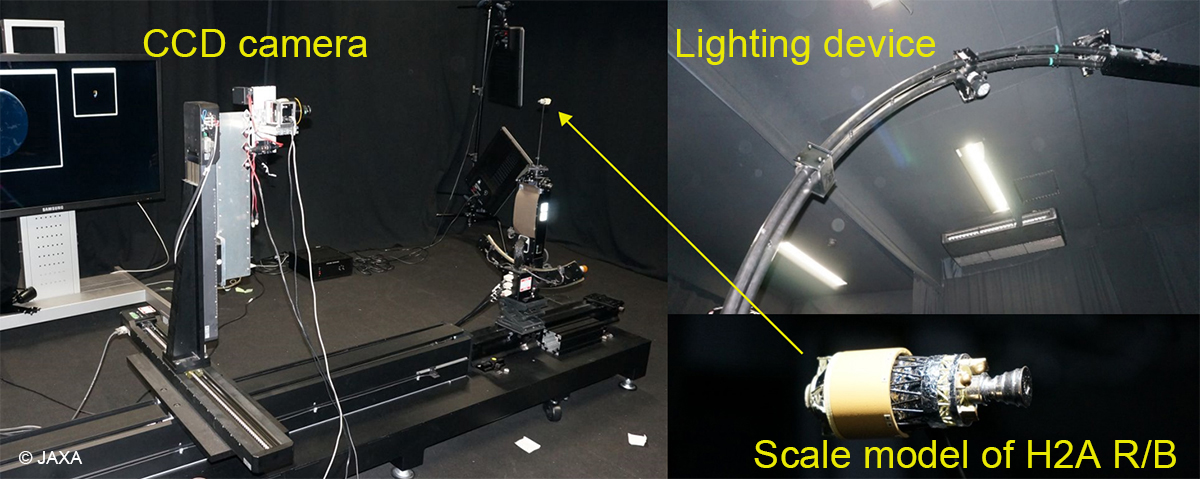
The CG technology for simulating brightness changes is also being developed (Fig. 3). These technologies will contribute to a better understanding of the motion of space debris for active debris removal.
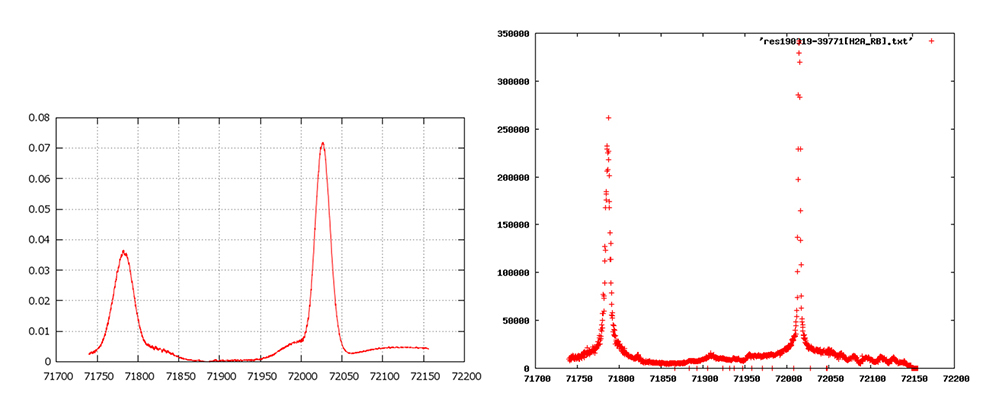
CG for the data creation, the simulated data, and the actual observed data.
The minimum observable size of a piece of space debris is currently about 10 cm. The situation for smaller pieces of debris is unclear. The maximum protectable size for space-craft is a few mm. Narrowing the gap must be done by improving observation and protection technologies. We are thus developing optical observation technologies that allow us to observe objects among space debris that are smaller than 10 cm and to determine their orbits. These technologies will contribute to Japan’s system of space situational awareness and will also be applied to searching for near-Earth objects that may threaten to collide with Earth.
Research achievements
Publications
- Yanagisawa, T., et al.: Detection of LEO Objects Using CMOS Sensor, Transactions of the JSASS Space Tech, Aerospace Technology Japan, Aerospace Tech. Japan, 14, ists30 (2016), pp. Pr_51-Pr_55.
- Yanagisawa, T., et al.: Ground-based Optical Observation System for LEO Objects, Advances in Space Research, 56 (2015), pp.414-420.
- Tagawa, M., Yanagisawa, T., et al.: Orbital objects detection algorithm using faint streaks, Advances in Space Research, 57 (2016), pp.929-937.
- Yanagisawa, T., Kurosaki, H.: Shape and motion estimate of LEO debris using light curves, Advances in Space Research, 50 (2012), pp.136-145.
- Yanagisawa, T., Kurosaki, H.: Detection of Faint GEO Objects Using JAXA’s Fast Analysis Methods, Transactions of the JSASS Space Tech, Aerospace Tech. Japan, 10 ists28 (2012), pp.Pr_29-35.
- Yanagisawa, T., Umehara, H.: Strategy for detection of eccentric objects near the geosynchronous region, Acta Astronautica, 65 (2009), pp.1001-1006.
- Yanagisawa, T., et al.: Automatic Detection Algorithm for Small Moving Objects, PASJ, 57 (2005), pp.399-408.



